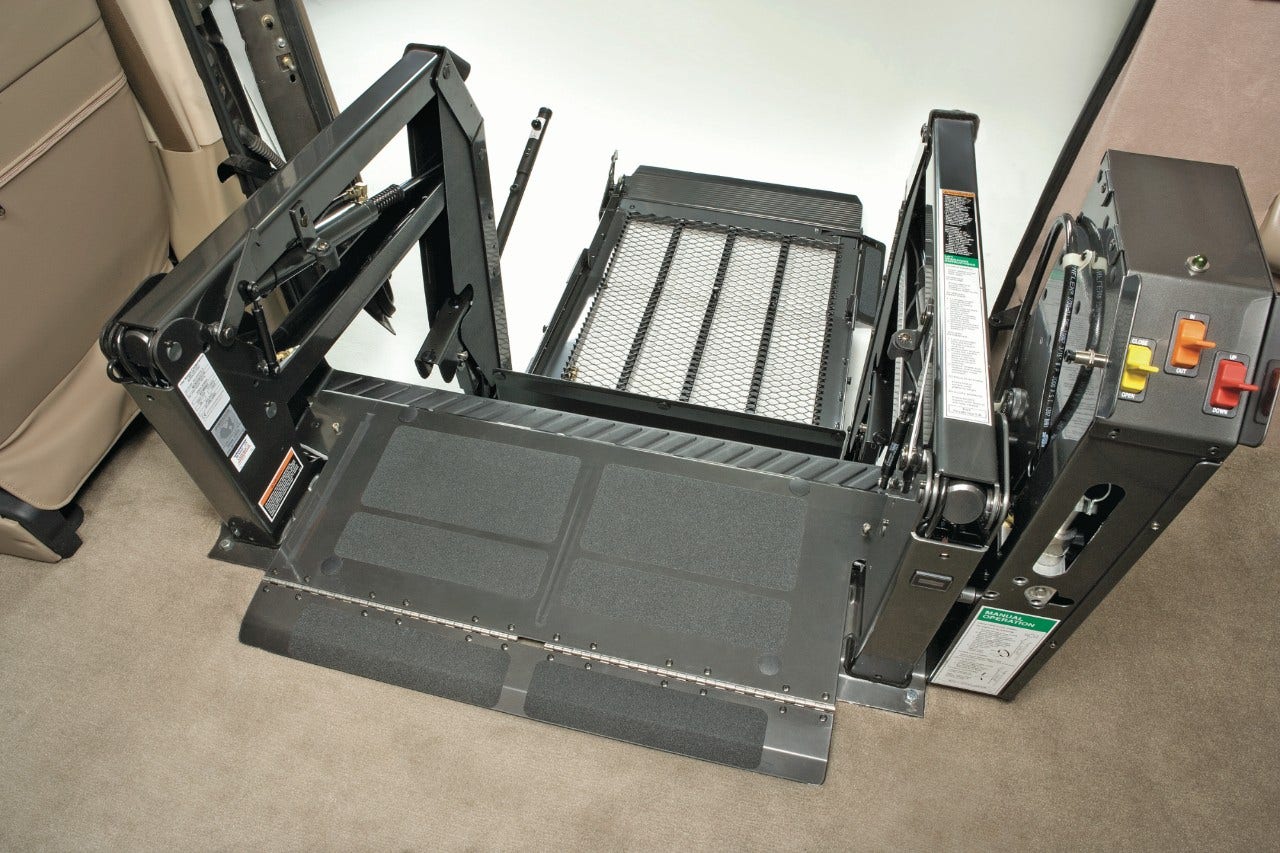Ryan Hudson-Peralta Uses Specialized Adaptive Equipment to Drive his BraunAbility Chevy Traverse
Meet Ryan, a trailblazer in mobility independence, who transformed his life with a BraunAbility wheelchair accessible vehicle. In this inspiring video, Ryan shares his journey to freedom, highlighting how BraunAbility's innovative solutions have empowered him to drive confidently and live life on his terms. From seamless entry and exit with the push of a button to the flexibility of driving from his mobility device or using the BraunAbility Transfer Seat, Ryan's story showcases the possibilities that await new independent drivers. Watch and discover how BraunAbility can help you embark on your own journey to independence.





















